-
Posts
274 -
Joined
-
Last visited
-
Days Won
5
Posts posted by GAP
-
-
47 minutes ago, Shawna and Scott said:
I think someone on here went with the Black Series RVs and I thought they were off road travel trailer with 4 season capabilities.
-
2 hours ago, snakeriveridaho said:
Sorry to hear about your need to change rigs. We looked at the Ekko also.
Carrie and I have been disappointed in the cold weather capabilities of the Oliver. We are treating it like a 3 season camper. I have toyed with the idea of getting a true 4 season camper. I would appreciate how it goes for you. Is the large storage are on yours heated?
Good luck!
Kirk
Kirk, yes, all the storage areas are heated. Water control compartment, exterior shower, battery locker, big gear garage, etc.. We put up a clothes rack and dry our kayak and ski clothing in there. As to heating efficiency, we bought VanMade inserts for those big windows in the Transit. There is also an included insulated curtain that snaps in to block off the entire cockpit which we use overnight when temps are below 10 degrees. Apples to orange but, in single digit temps, when boondocking with water system on, we go through a 20lb tank of propane every 3 + days. In our Oliver E2, winterized (= no water in system) , boondocking, we went through a 30lb tank every 2 days. The Oliver used propane for the fridge and had no water to heat while the Ekko has a 12v fridge, heats all exterior compartments and water heater.
On another note, I think crafty Oliver owners have been great about improving cold weather capacity and the manufacturer themself has started adapting some of these mods but, in my experience, Oliver is now about the best reasonably priced trailer out there for cool weather use. Without the price shooting way up, it's the best trailer available.
-
 6
6
-
-
3 hours ago, rich.dev said:
Congrats Gerry! We also looked at the Ekko, but at that stage the Ekko was still in its infancy stage, so we decided on the Oliver. Did you end up getting the Sprekko or Trekko!
Good question. For those not up on this unit, the Sprekko is on a Sprinter platform, 2-3' longer and $20k more. I got the Trekko which is on a Transit platform. Prefer that for ease of finding qualified repair places and smaller footprint. Rich.dev, you may have stepped into a real pile of trouble if you had picked up one of the early models. They were filthy with recalls and poorly installed systems. Later models have been much better about minimizing the kinks.
-
 4
4
-
-
We ended up going with a Winnabego Ekko. Couldn't be more of a different animal. Similarities in length, width, fiberglass exterior and it has wheels. That's about it. Gets the same MPG as my 2022 F150 did while towing. Absolutely not the same build quality or sense of interior open space as the Olivers. Also not molded fiberglass so will need to keep an eye on seams. On the flip side: Better driving on snow (AWD) as opposed to towing and have heard folks claim comfortably at -40. More storage for toys - I think comparable to Oliver and full sized truck bed with cap filled to the hilt. Cassette toilet as opposed to our composter which is different but working out fine. 50 gallon fresh tank, innovative convertible bathroom design, 640ah of lithium, ducted AC and a dedicated alternator for charging batteries at 160a while driving. Replaced my truck with a Honda Fit (the sensible guy's mid-life crises sports car) which we could and sometimes will flat tow behind the rig.
We found a unit with 3k miles on it and it ended up costing twice what we paid for our E2 in '21. Hmmmm. Would be a questionable purchase were it not for the better fit with our camping style. Long trips but short stays at any one place. Oliver was certainly a more luxurious and open space with Ekko being more of an "adventure" platform. Every time we turn the key we are focused on some combination of skiing, kayaking, mountain biking, snowshoeing, etc... We mourn the passing along of our Oliver and feel it felt more like a home away from home. It's very likely that once we get over our outside toy addiction, we'll may circle back around. Wish we could have kept both.
Thanks very much to you all. We are deeply appreciative that you would welcome a couple of Benedict Arnolds to stay in the group. We follow quite a few such forums and feel this is the best informed and supportive of all. Hope to see you all out there.
-
 1
1
-
 8
8
-
 1
1
-
-
2 hours ago, Mike and Carol said:
Good luck with your new camper! Hang around here whenever you want. As Sherry said, once in the family you’re always welcome! Mike
Very kind of you all. I feel attached to this community so would be appreciate of lurking around the edges.
-
 7
7
-
-
3 hours ago, Ollie-Haus said:
You guys are true hard core adventurers, very much like the Vikings of old. I've enjoyed reading your posts and following. 🍻
Cheers back at you. Hope to see you out there. Thanks for kind words.
-
 1
1
-
 3
3
-
-
Hey All,
We recently sold our 2021 E2. Sad to let it go as we really loved it and had done months of comfy camping in it. The reason we decided to go another way was strictly due to what, in our experience, was a lack of capacity, when not winterized, in winter conditions. We do the majority of our camping in those conditions and after extensive modifications and testing, we were unable to keep all pex lines from freezing. We just returned from a 10 day trip with our new rig where temps were consistently in single digits with lots of wind. Warm showers and no problems. Not the same finishing build quality but the drivability and functionality in cold is top of list for us. Very different animal with it's own pros and cons.
The reason Im writing today is to make sure it is OK for me to keep active in the forum. I've been super impressed with the depth of knowledge and kind communications and can find no better resource for working through complex issues. I'd be appreciative if I could continue to monitor and occasionally interact. I've tried to update our status/profile but have not yet been able to do so. Any suggestions would be welcome.
All the best to you all.
Gerry
-
 1
1
-
 10
10
-
-
On 1/28/2024 at 10:09 AM, rich.dev said:
Jason, I think the problem with covering them is, when you’re driving down the road these scuppers also cause a venturi effect, which actually draws air/moisture out from between the Hulls.
That theory on the venturi effect sounds spot on. On the flip side, my $.02 worth is that cold (below freezing) winter air is very dry. The heater and how water heaters should not add any moisture to air. While we never experimented with it, pluging most of the week holes and cracking the vent with Maxair on low when cooking, may have similar results. We always took Reflectix inserts out of windows and cracked fan for a drying session every day or so. The venturi may only work when in motion. After all, in winter, most of the moisture in the rig is from breath and cooking.
-
 1
1
-
-
18 hours ago, Jason Foster said:
I can confirm with pictures that water does indeed condense on the hull. I was looking at the way the King Omnidirectional antenna was routed into the attic when i found this horrible leak. After further investigation involving paper towel, a fan and a water hose, I determined it was just condensation on the hull. I will be leaving the scupper holes open but I would sure like a one-way valve on it to reduce air infiltration.
You may be right. i never actually blocked the skuppers. My thought is that as long as there is moisture in the trailer and temperature differential on between air surfaces, condensation will happen. I was planning on blocking the holes just for the winter in an effort to minimize all that cold air intrusion. Guessed that warm, moist air would rise (like in the atmosphere) and that I could vent through Maxair Fan. Even mid winter, we would crack the fan cover, not turning on the fan itself unless cooking and it did wonders to cut back on condensation. Pretty much limited to windows over beds where we were breathing. We had reflectix inserts in all windows so would open up the ones by beds every couple of days to find a modest amount of frozen condensate. Took no time to dry out. I ultimately gave up on the plan as my experience with digital thermometers in vulnerable spots, proved to me that my un-winterized Oliver, even after mods, had limited cold weather use. Some have had success down to zero with their trailers. I accept their account but could not reproduce the experience myself even after literally month's of winter camping and careful testing. I always found multiple spots in the hull, that had water lines run through them, that would drop to below freezing given consistent exterior temperatures in low teens or lower. Covering some of the skuppers during the dry winter time may have really helped improve performance.
-
 3
3
-
-
15 hours ago, Jason Foster said:
Although the thought of drilling a hole through my brand-new Oliver makes me queasy, the 4" vent between the closet and the vanity makes a lot of sense. Since the air is drawn through the closet, does it reduce the airflow in the hull or increase it?
I would guess that the flow through closet would not effect the flow through the hull unless, like in my case, you vent through the vanity as well. With the mod I did to our closet and venting through to the vanity in the bathroom, the heater running seemed to draw some air from main cabin, into closet, through to the vanity and back into the hull. My assumption is this effect and the circulation in the bathroom would be increased by blocking the scupper holes. That would also have the added benefit of minimizing the cold air drawn in through those holes. The pump running when water isn't would act as a warning that there is a leak somewhere but otherwise no obvious reason to have all those open scuppers. An argument could be made that they offer a source of fresh air but there seems to be more than necessary.
-
 1
1
-
-
14 hours ago, Jason Foster said:
I can confirm that in my 24, however, looking at the Truma makes me wonder why it wasn't mounted 90 degrees since the current orientation causes a substantial kink in the air ducts. However, that would compromise the mounting on top the wheel well. Although I don't really see a problem with that.
Return vents:
Bathroom
Closet upper and lower venting
As seen in the pictures, they installed one above and below. However, it stays cold in there so without possative airflow using a fan, it is just dead space. I think a small DC power fan mounted on one of these vents would make a big difference, though I'm not sure if it is needed since there are no water lines in there.
I cut a 4" vent from the back of the closet into the vanity in the bathroom. In my case, also added a 4" adjustsble vent in the door which is pretty much the equivalent as the vents now added standard by Oliver. After this mod, when the heater kicked on, I noticed that warm air from the cabin would get drawn through the closet. No more frost and condensation on the rear wall and clothes dried much better. Still would prop the door open if I had to dry things quickly.
-
 4
4
-
-
16 hours ago, Jason Foster said:
This works for me. I actually went out and drained it when the temperatures were about 15 degrees. This is so easy to do, I don't know why I left it running in the first place. It pretty much works instantly when I turn it back on.
Lucky you Jason. I keep having to run water through the faucets to purge air, throwing a W27 code (air in lines) till I go through a gallon or two. I catch that water in containers and put it to use so not a waste.
-
 3
3
-
-
On 1/19/2024 at 12:26 PM, Rivernerd said:
Did the Truma tech have an explanation as to why your newly-installed antifreeze kit is not working for you?
We were having to drain the Truma on our rig when on the road cause of the Anti Freeze issue. Was a bit of a wrestle to work the air out of the system when adding water after getting off the road. This last time had me having to re-initialize (reset) the Truma yet another time to reintroduce the board to the water heater. Who knows why but this time the display panel recognized not just the water heater but, magically, the Anti Freeze unit as well. Won't be testing to see if it works till we leave this ski resort but fingers crossed. ^ times' the charm.
-
 1
1
-
 2
2
-
-
On 1/18/2024 at 10:15 PM, AlbertNTerri said:
Thanks GAP for that input, your post was the one I was referring to. I'm sorry the mod didn't provide as much improvement as anticipated, it seemed like a great idea. Thanks for the update.
albert
To clarify, there were a ton of benefits to that set of mods. Very worthwhile effort. It allowed me to camp in temps that were 15 degrees lower than the de-winterized trailer did when stock. Problem is, here in New England, the forecast can be for a low of 15 which may just as likely be actual temps of 25 as 5. Running the heat under the batteries was a huge gain. They were noticeably more efficient ( longer lasting) post mod. Before, we had a frustrating condensation problem on the curbside bed wall and window both of which was much less of an issue after. Last but not least, we had our dog's bed on the floor between our beds up against the nightstand. Long dog so long bed so the original heat vent would cook his little head. Wet dog smell does not need to be exposed to any unnecessary cooking.
-
 2
2
-
-
On 1/15/2024 at 10:17 PM, AlbertNTerri said:
A couple of years ago there was a modification detailed where someone added a 3-4 inch diameter heater duct, routing it from the furnace, under the basement flooring to the street side and was able to dump some heat under the street side bed and dinette area (including a duct to the battery box) that solved the problem of the water connections on the outside freezing as well as adding some heat to the lithium battery compartment. Maybe one of the moderators can dig up that thread for us.
On the subject of digging up stuff on the forum, can someone show us (again) how to search the forum for stuff. I remember one time someone pointed out how to use the google search to find stuff that the forum's search window doesn't find.
Thanks in advance!
You may have been reading one of my posts. I did that modification and wrote about it in the forum. It helped, a bit, with the limited capacity of these trailers to be used non winterized but when temps dropped into low teens for extended periods, the water connections would still freeze as would some of the pex lines. Others have claimed to have better luck with this but I spent close to three months winter camping spread over two seasons and leaned into the mods to improve cold weather capacity and never found my Oliver to be trustworthy when it was colder than that. Eventually gave up and started camping with water in jugs. Luckily had chosen the composting toilet option so this situation was less than ideal and way south of what I expected when we bought the Oliver but certainly survivable.
-
 2
2
-
-
On 1/14/2024 at 10:19 PM, Jason Foster said:
That was a concern of mine as well. I opened the housing and looked at the way Truma built the heating system. The shielding around the burners is fairly impregnable without tools and the exhaust is routed out and down. It would take a very powerful burst of wind directed inside the vent to worry me about that. Even so, the design wouldn't allow gas venting if the flame blew out, it would just relight it.
Regardless, I drove close to 800 miles on highways and interstates with no problem.
Sooo, I spoke to a tech at Truma. I've laid down plenty of miles with the unit on and never had a problem but the tech pointed out that another potential problems is the negative pressure could force the fan to run in reverse which would likely cause the fan to fail. Odd after so much success but scared me enough so I now drain the unit till I can sort out the problem with the antifreeze kit.
-
 1
1
-
-
On 1/15/2024 at 1:41 PM, Jim and Chris Neuman said:
Noticed a couple of issues with our 2021 Legacy II (with Truma) I had not run into before. We have had a week of unusually cold weather here on WA's Northern Olympic Penninsula with temps sitting in the low teens and 20's. I had left the fresh water tank very low after our last usage and found, on attempting to fire up the Truma anitfreeze kit, that the water pump was starting to pull air due to tank being near empty. This prevented the Truma from filling and as a result, the Truma would not operate the antifreeze kit. An error message on the panel told us of this issue. Lesson learned - ensure some water is in the fresh water tank and that the water pump can deliver water to the Truma prior to startup of the antifreeze kit. Adding water to the tank solved that issue. Which bring us to issue #2.
A week of temps in the low teens resulted in a small ice plug forming in the street side fill fitting. Hooking up a hose and attempting to add water to the tank did not work. Note to self - street side water fill fitting is in a low, cold and virtually unheated part of the area between the hulls. Prolonged temps in the teens allowed an ice blockage to form right at the fitting. Solved this by filling a couple of 5 gal water jugs with warm water and bringing it into the fresh water tank through the boondocking fill . Problem solved - water pump purged air from the lines, Truma got it's water and all is good.
Heading out for 6-8 weeks toward (hopefully) warmet climes tomorrow with a freshly lubed, filled and pampered Oliver and fresh tires on the truck Should be fun.
I've had that ice plug form before as well. My solution was to add quick fittings to all those ports. Found rubber capped sleeves at a hardware store to fit over the male end on the quick fitting - the part that stays on the trailer. When I was carefull to drain water from fittings, it worked well. Otherwise, I just unscrewed the fitting and the female hose screw ports would almost always be free of ice. The fittings themselves would be plugged with ice but the screw on fitting was almost always clear.
-
 1
1
-
 1
1
-
-
Great info all. Thanks on that. Long and short is that I did follow the anti freeze kit instructions and video from FitRV. The unit I'm dealing with, in this case, has a CP Plus wall control unit. As reflected in the video, I also went through the initialization process a number of times. Sadly, the anti freeze kit is still not being recognized by my wall control unit. I'll likely "winterize" the Truma for the drive, as opposed to running on propane. Truth is that quite a few states allow vehicles to run with propane on but I try to avoid doing so if reasonably possible and would never consider pulling into a gas station, going through a bridge, on a ferry, etc... with the tanks open. Driving on open roads I am less squeamish about, personally, as I feel the having a gas tank and combustion engine is probably an equally dubious circumstance.
I am hoping that Truma can help me sort the anti freeze kit. Am sure it boils down to operator error but have been unable to head scratch or chin tug my way through it. Thanks much for the input
-
 1
1
-
 1
1
-
-
I used that video when I did the install. Very good information paired with the instruction manual but, sadly, the anti freeze is still not working. To refine my question: Does anyone know if it is possible to drive with the Truma set to Eco or Comfort? We are traveling in temps that could freeze the unit and prefer not to drain for the drive.
-
I purchased and installed the Anti Freeze kit for the Truma hot water heater. Have not been able to get the system to realize that the kit is installed so my first question is whether any of you know how to fix that issue?! I've installed and double checked the wiring. 2nd question is whether it is possible to drive with the system set to Eco? I know there is debate as to if it is safe to drive with the propane on but bridges and gas stations aside (I turn of propane in those places) can I temporarily drive with the system set to Eco till Tuesday when Truma opens again after the holiday weekend?
-
17 hours ago, Rivernerd said:
The Elite II trailers now being made, which include the Truma Varioheat furnace system, can be used in temps down close to single digits F without modification.
The thread below includes my report using the stock trailer down to an ambient outside temp of 11 degrees F last year. With the furnace set at 70 degrees F, temps in the lower, more exposed parts of the trailer did not get below 38 degrees F, so I did not worry about plumbing freezing.
The thread also contains lots of ideas for mods to expand the cold-weather capability of an Oliver trailer. With the right mods, it appears the Oliver can be used (with the plumbing not winterized) in temps down to the single digits F, so long as the furnace is kept running.
Sooo, different folks with different features can have different cold weather experiences. As outlined earlier in this chain, we spent months winter camping in our Elite 2, carefully tracking temps of pex lines in between shells, primarily with our unit winterized. 2021 with that era's furnace. While we stayed toasty warm down to negative teens, there were areas, primarily rearmost pex lines behind garage and lines feeding the exterior shower under the streetside bed, that would drop below freezing in temps around low twenties. After making outlined modes, which were extensive, the lines were good till mid teens. Had we been non winterized, running our Truma water heater, it would have made no difference as that system in the Olivers is a non circulating system so the Truma stays at temp where it is sety but the warm water does not make it to the taps unless they are open. To those that do not camp in freezing winter conditions, this is perfectly acceptable but if you camp where it can often drop below freezing you are likely to run into nightime temps that would expose lines to freezing. Especially true if daytime tempos stay below freezing. In single digit conditions, we would burn through a 30lb propane tank every other day which is both pricey and labor intensive.We loved our Oliver for the superior build quality, great ride, and comfy layout but so much of our camping was in full on winter conditions so we decided to move on. It sold, just yesterday and we have bought ourselves a Winnabego Ekko RV which is truly a 4 season unit. It was quite manageable camping in a winterized Oliver, using containerized water and our composting toilet (great) but our eyes are set on multi week ski safaris so the occasional shower is really a necessity.
I've noticed that over the last couple of years Oliver has upgraded to a Truma heater and made some of the mods outlined here so I would assume the stock units can survive unwinterized to the lower temps I laid out above. Anyhow, that's my $02 worth.
-
 1
1
-
 3
3
-
-
I'm sure this has been covered but cannot find the answer in search engine. Wondering what it would take for an individual with modest skills to replace a composting toilet with a standard one on a 2021 E2. We loved how our composting toilet worked and enabled much better dry camping situation but have put our trailer up for sale and have been asked about the conversion process. Looks like the black tank and water source is super accessible. While on the subject, where to source a replacement toilet? Thanks much.
-
 2
2
-
-
On 5/11/2023 at 4:10 PM, Rivernerd said:
https://www.pellandent.com/RV-Window-Seal
Pull your flexible seal, then match the profile with the one on the Pelland Enterprises web page to ensure you get the same one.
Just put in the order. Cost about $100 with shipping to Connecticut. Ordered in black for longevity. Any of these sort of plastic or vinyl bits that are on the outside of a vehicle can be treated with 303 which is an aerospace UV protector similar but better than armor-all. I'm thinking the black will never show the fungus stains. Thanks much for pointing me in the right direction.
-
 1
1
-
 2
2
-
-
Forgive the question which has been asked before but could not find the answer in search engine. The exterior, removable window trip has gotten soooo0 stained and ugly that I am looking to replace. Bleach soak and cleaning product scrubs cannot get the grey fungus stains out. Does anyone know where to source replacement trim, what the specs are and if it's available in black?



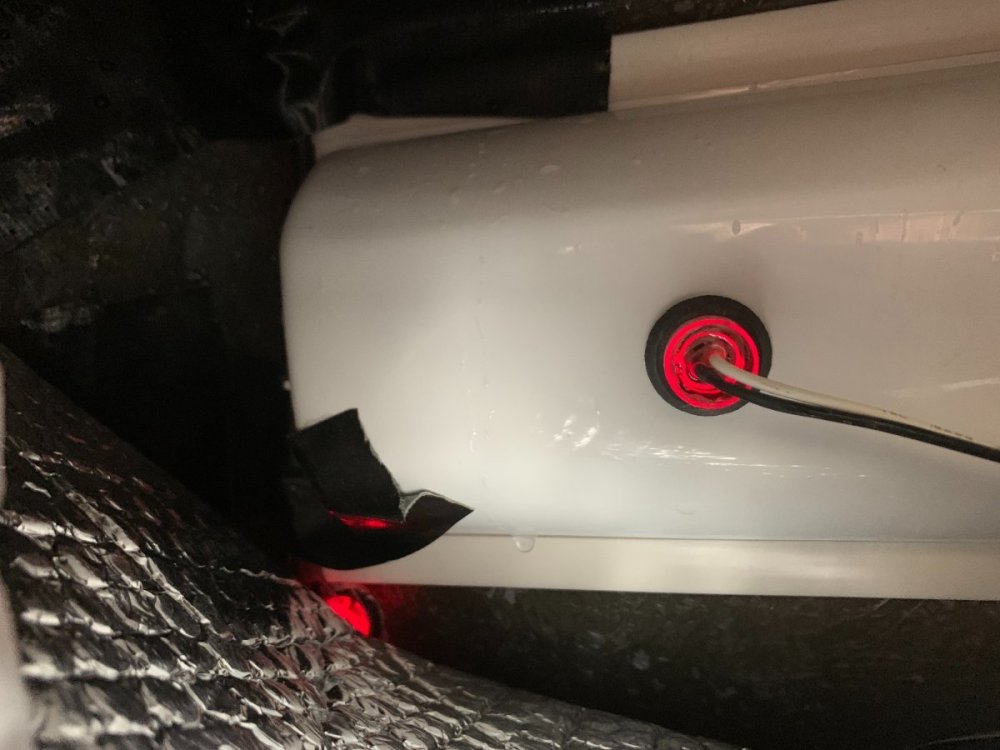
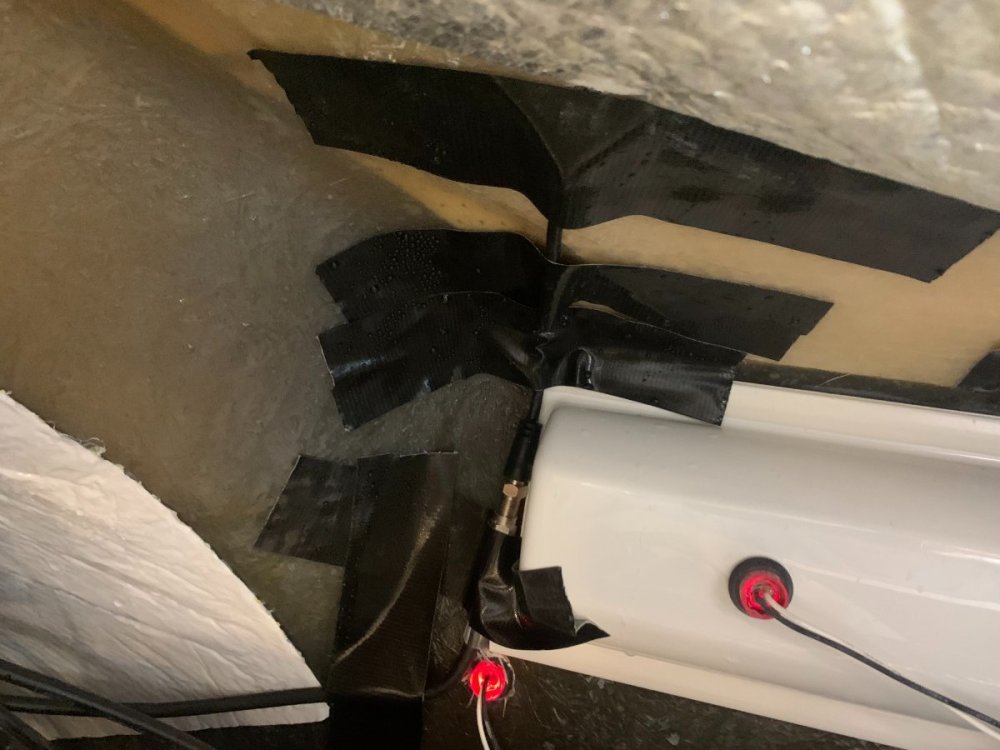
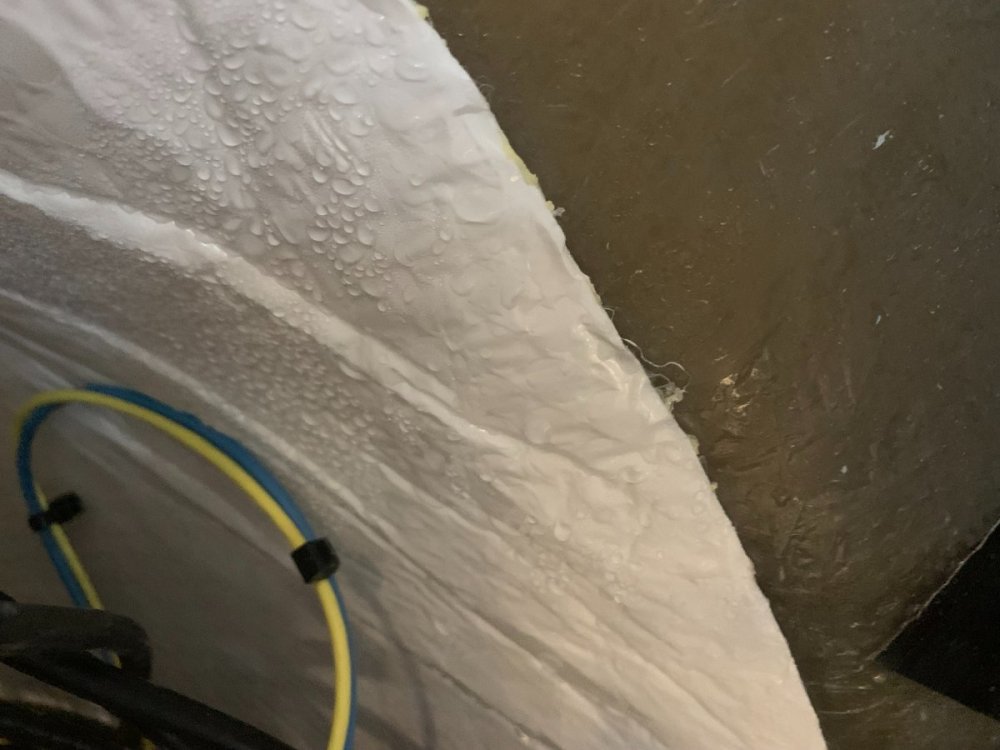
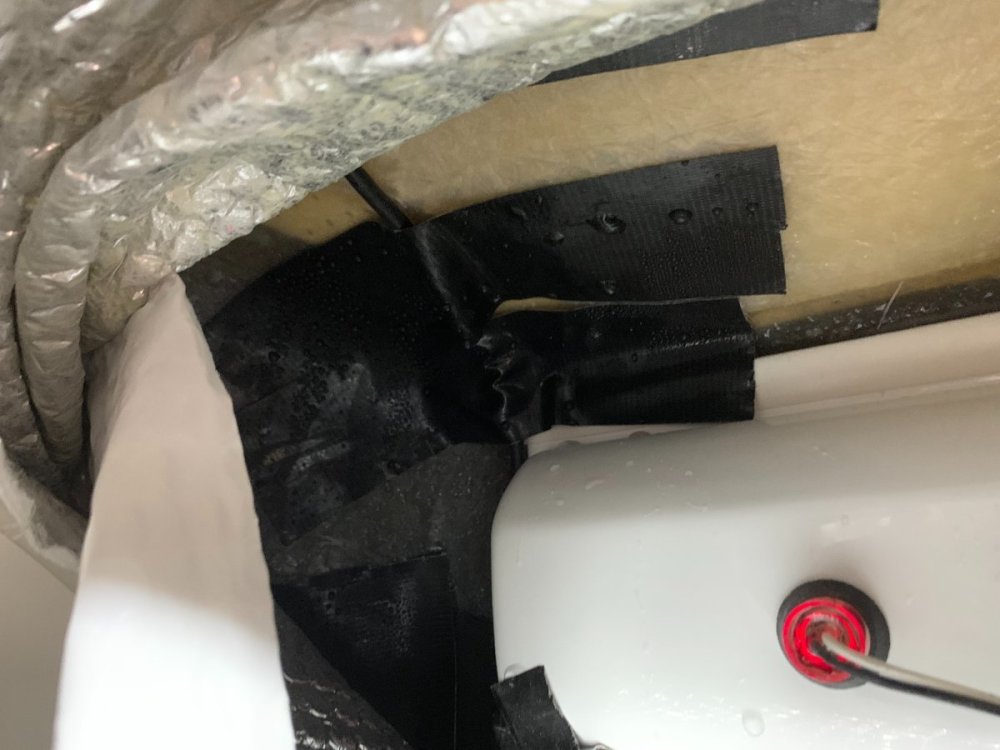
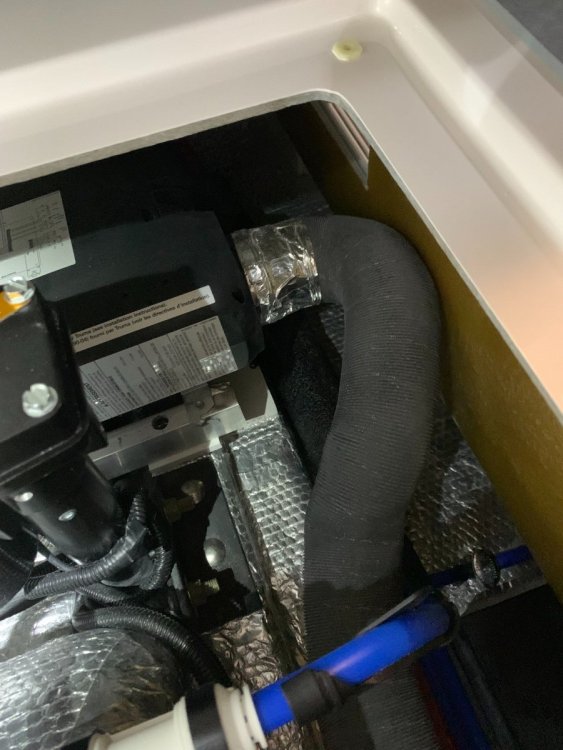
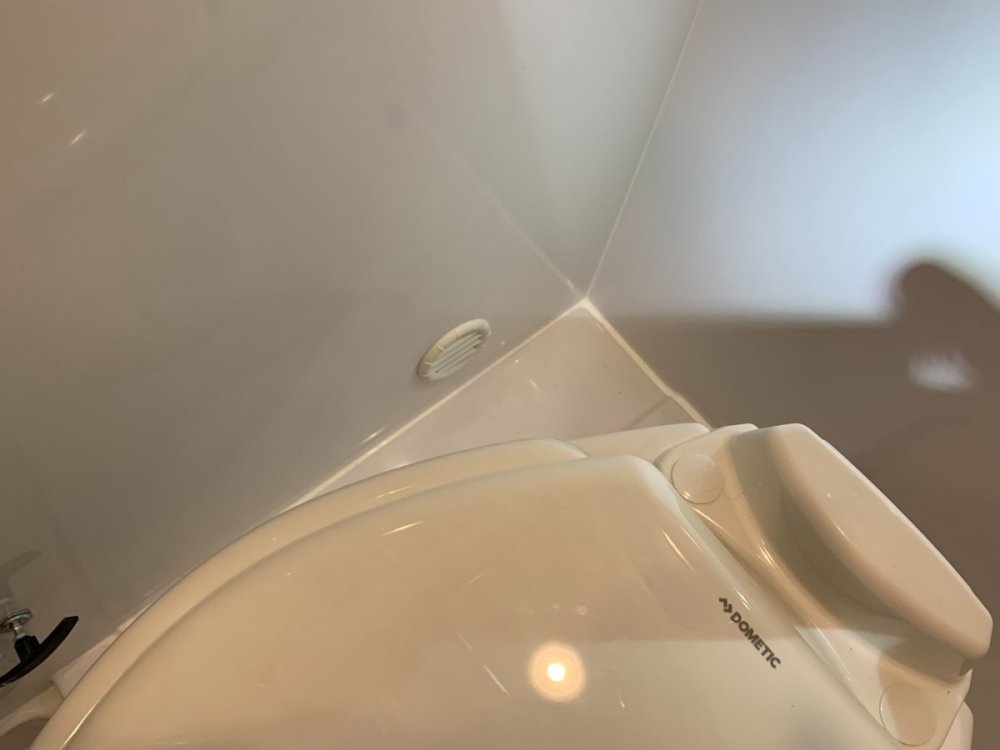
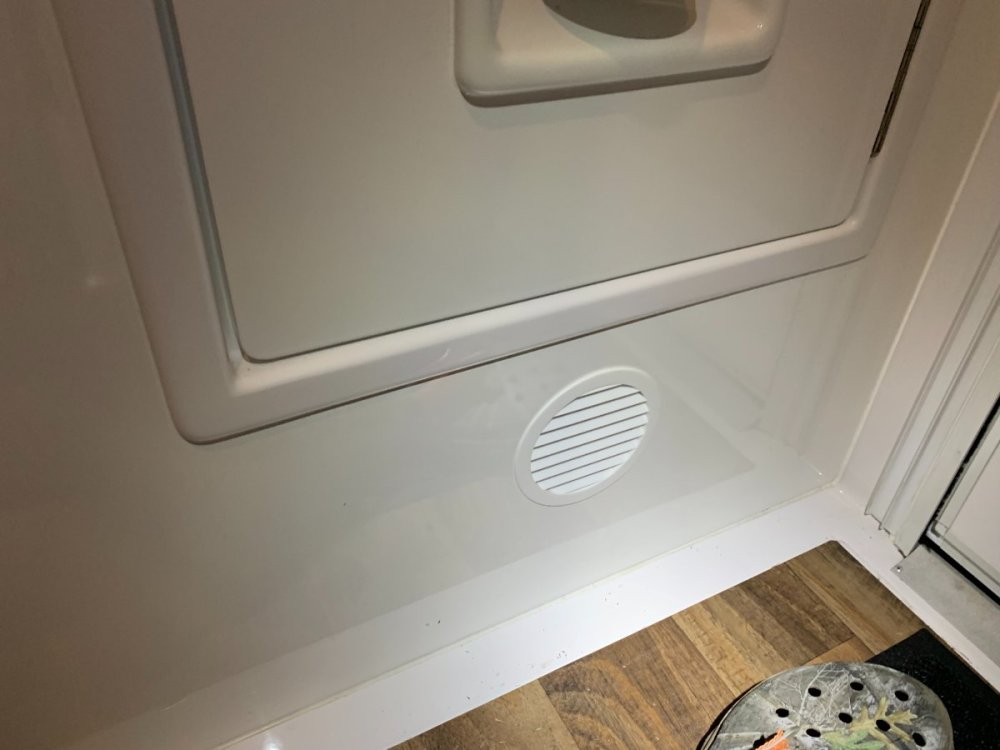
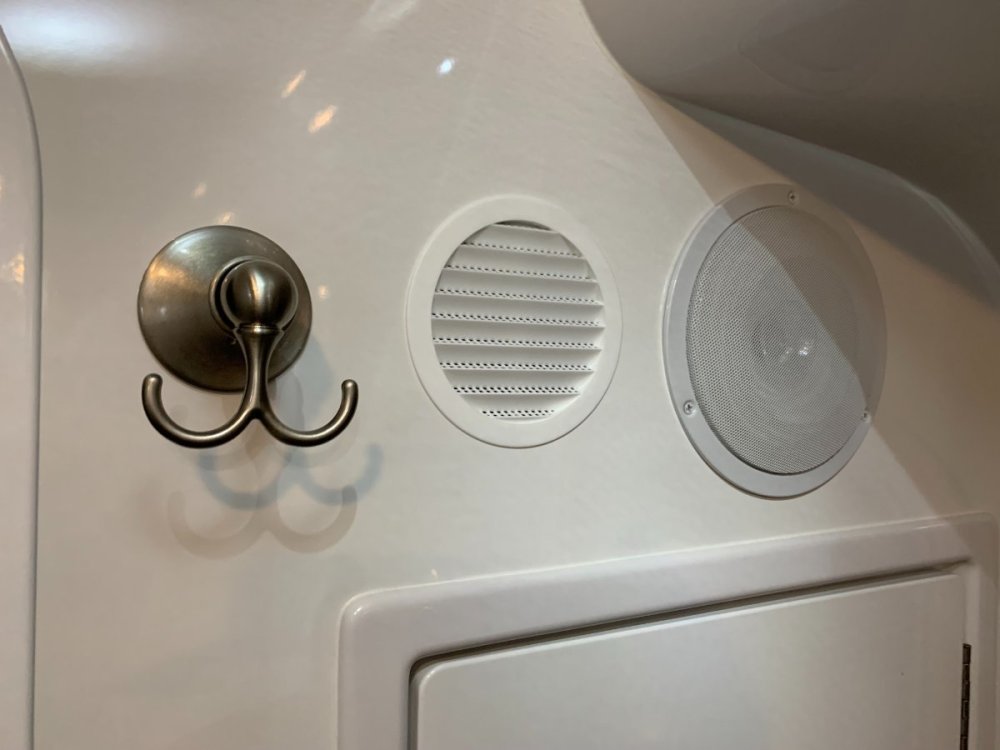
Oliver No More
in Introduce Yourself
Posted
Someone posted a mod sometime in the past where they remounted the temp sensor on an insulated riser to address that issue. Our '21 E2 would freeze up lines to bathroom by the mid teens. Have changed since but we noticed that water lines ran right along the reflectix on the hull, under the galley. That insulation does a poor job with conductive heat loss. We had planned on sliding on some pipe insulation to isolate the pex from the reflectix. Would have been easy enough. Different location but may be a similar situation. On the outdoor shower, we screwed off the shower head, pulled the unit into the hull and re-installed the head. Removed the temperature knobs and filled the open space behind the little door with open cell foam. Worked great.